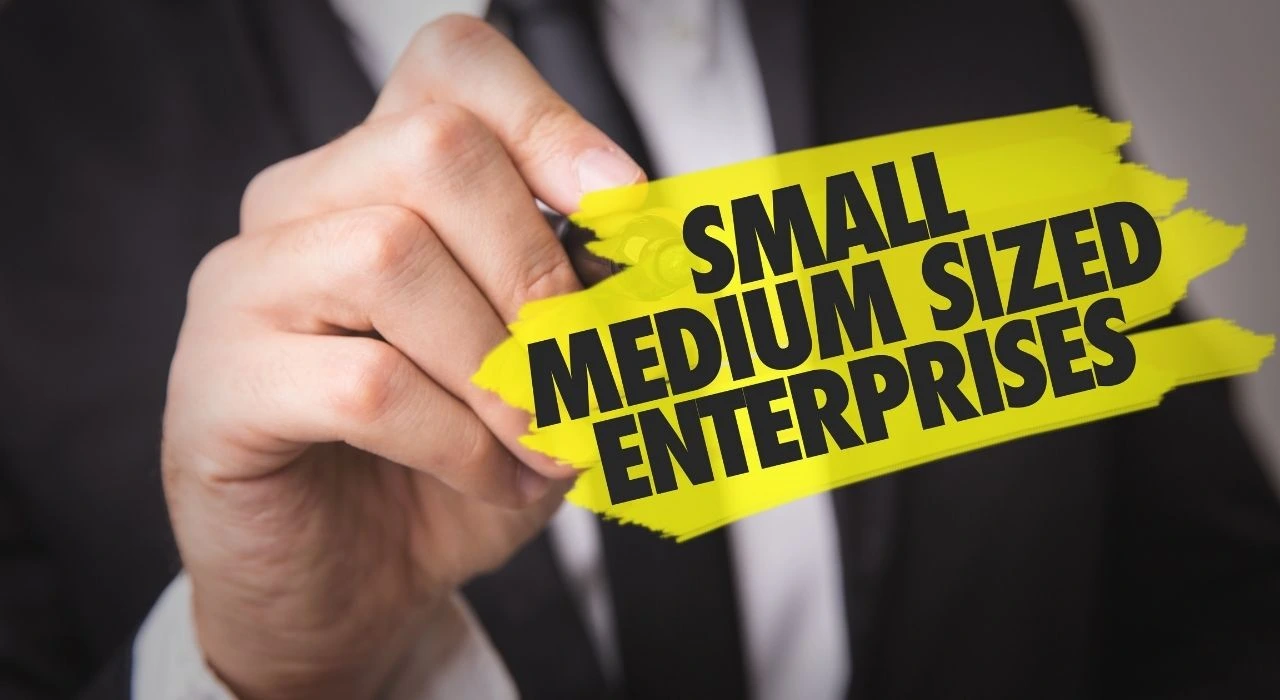Multilingual Image-to-Text: How AI OCR Supports 30+ Languages in 2025
November 13, 2025 · 4 min read • #OCR#AI#multilingual#translation#document processing#language technology
In a globally connected world, language should never be a barrier to understanding information.
With AI-powered multilingual OCR, businesses and individuals can now extract text from images, documents, and signs — in over 30 different languages, instantly.
🌐 Why Multilingual OCR Matters in 2025
From international contracts to global e-commerce receipts, multilingual documents are now part of everyday operations.
Traditional OCR systems, however, struggled with non-Latin alphabets or mixed-language text.
AI-based multilingual OCR solves this by using deep neural networks trained on multilingual datasets — capable of detecting and transcribing scripts like Arabic, Cyrillic, Devanagari, Chinese, and Japanese with high precision.
Key benefits include:
- Seamless text extraction across languages
- Automatic script detection and segmentation
- Support for right-to-left and complex scripts
- Integrated translation workflows
It’s a cornerstone of global digital accessibility and international document automation.
🧠 1. How AI Enables Multilingual Text Recognition
AI-driven OCR combines visual pattern recognition with linguistic models that understand context, structure, and grammar.
The recognition pipeline typically includes:
- Language Detection: Identifies the script type (Latin, Arabic, Cyrillic, etc.).
- Segmentation: Splits words and characters even in curved or stylized text.
- Recognition: Neural models interpret each glyph based on learned features.
- Post-processing: Applies grammar correction and word prediction for accuracy.
Modern frameworks such as Tesseract 5, Google Vision AI, and Microsoft Azure OCR integrate multilingual text parsing powered by deep learning and NLP.
🌍 2. Languages Supported by Modern OCR Systems
As of 2025, AI OCR tools can recognize over 30+ global languages effectively.
Supported examples include:
- Western Languages: English, French, Spanish, German, Portuguese
- Asian Languages: Chinese (Simplified/Traditional), Japanese, Korean
- Indic Languages: Hindi, Urdu, Bengali, Tamil
- Middle Eastern Scripts: Arabic, Persian, Hebrew
- Cyrillic Scripts: Russian, Ukrainian, Bulgarian
This global support makes multilingual OCR essential for international trade, education, travel, and translation businesses.
📝 3. OCR for Handwritten and Mixed-Language Text
AI OCR is no longer limited to printed documents.
With deep learning and handwriting datasets, it now recognizes handwritten text in multiple scripts, even when two or more languages appear together.
Common applications:
- Translating handwritten meeting notes or whiteboard snapshots
- Digitizing multilingual research papers
- Extracting bilingual content from passports or ID cards
- Translating street signs and menus in real time
This flexibility makes multilingual OCR invaluable for travelers, educators, and global teams.
🔐 4. Privacy and Offline Processing
Language data can be sensitive — especially in legal, financial, or academic documents.
Modern OCR solutions now focus on local, private processing instead of uploading data to the cloud.
Privacy-first features:
- 100% browser-based processing (no file uploads)
- In-memory execution with WebAssembly
- Zero retention of extracted text
- GDPR-compliant design
Our Image to Text Tool is built with this architecture — giving you instant multilingual OCR with total privacy.
🧩 5. Use Cases Across Industries
Multilingual OCR impacts nearly every global sector.
Examples include:
- Finance: Extracting transaction details from international invoices
- Healthcare: Reading prescriptions or forms in multiple languages
- Education: Digitizing bilingual textbooks
- Travel: Translating menus, signs, and documents on the go
- E-commerce: Parsing multilingual product labels for listing automation
By bridging language gaps, OCR helps global businesses expand faster and smarter.
🧰 Try It Yourself
Experience global language recognition today:
- Image to Text Converter — extract and translate text instantly
- PDF to Text Tool — handle multi-language PDFs effortlessly
- AI Background Remover — clean images for better OCR accuracy
All tools work locally in your browser — no uploads, no tracking, complete privacy.
💡 Final Thoughts
Multilingual OCR is one of the most powerful evolutions in AI document processing.
It allows seamless interaction across borders — recognizing handwriting, symbols, and languages that were once impossible to digitize.
In 2025, as global communication expands, AI-driven OCR stands as the ultimate bridge between languages and understanding.
Enjoyed this post? React below 👇
Related Posts

Bulk Image to Text Conversion for Enterprises: Best Practices & Tools
Learn how enterprises can process thousands of images into editable text efficiently using AI-based OCR — with best practices for accuracy, security, and workflow automation in 2025.

Convert Invoices and Receipts via OCR: Save Time & Avoid Errors
Discover how AI-powered OCR technology automates invoice and receipt processing — cutting costs, eliminating manual errors, and streamlining financial workflows for businesses in 2025.

How to Extract Text from Images for Legal & Business Documentation
Learn how AI-powered OCR simplifies text extraction from contracts, invoices, and scanned business documents — ensuring speed, accuracy, and compliance in 2025.
Frequently Asked Questions
What is multilingual OCR?
Multilingual OCR uses AI models trained on global scripts to recognize and extract text from images or PDFs written in multiple languages, including Arabic, Chinese, Hindi, Japanese, and more.
Can OCR detect and translate text from mixed-language documents?
Yes. Advanced AI OCR can identify the language automatically and, when combined with translation models, convert extracted text into your preferred language.
Which languages are supported by AI OCR in 2025?
Modern OCR tools support over 30 languages, including English, Spanish, French, Arabic, Chinese, Japanese, Urdu, and Hindi — covering nearly 95% of the global population.
Is multilingual OCR accurate for handwritten text?
Yes. With deep learning-based handwriting recognition, OCR can accurately interpret cursive or stylized handwriting in various scripts.
Where can I try multilingual OCR online?
You can use our [Image to Text Converter](/image-to-text), which supports automatic language detection, handwriting OCR, and secure in-browser processing.